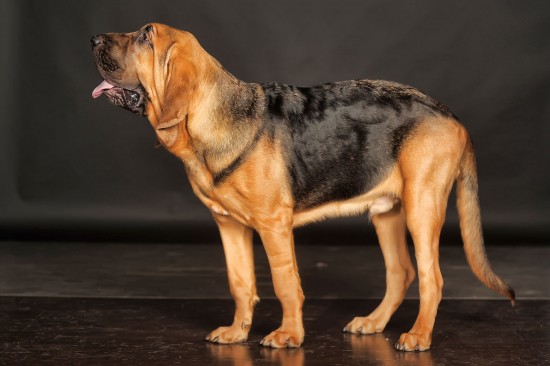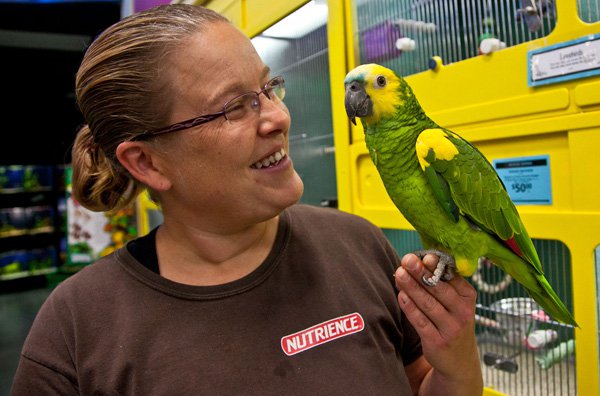
It’s every pet owner’s nightmare- your dog is lost. Your dog is outside facing the elements and the dangers all alone. You don’t know where they are and you have no idea how to go about finding them.
Most dogs just love to explore and some breeds are more prone to straying further than others. Hunting dogs like beagles are even more adventurous than other kinds of dogs and will quickly stray out of sight.
It’s not just hunting dogs that can go missing. Dogs and cats escape all the time. Whether it’s the dog that escapes underneath your feet as you open the door or the cat who has escaped over the weekend. Pets also face all kinds of dangers while traveling with their owners.
If you’re pet does get lost finding them soon will reduce the threat of serious harm coming to them. A pet that is lost after nightfall has significantly less chance of being found safe and returned alive. The cold temperatures and dangers of traffic are increased and your pet becomes more vulnerable to attack by wild animals too.
If this all sounds like a nightmare to you there is a method of keeping track of your pet which might alleviate your worries. Using satellite technology you can keep tabs on where your pet is. GPS technology is not new for cars and boats but for pets it’s pretty new. Global Positioning Systems can now be used to keep track of your dog or cat.
The system uses governmental surveillance techniques with satellites; enabling a Mobile System for Communications (GSM). This means you can use your phone or laptop to keep track of anything from your car to your dog. You will need a service provider to relay the information to you which you will need to pay for.
A tracking device can be attached to your dog’s collar; so it doesn’t hurt or hinder them in any way. Except for curbing that adventurous spirit a bit! The system is very personalized – you can set perimeters and zones and you can change them as you travel or even move house to house. These “safe zones” can be set so you are alerted whenever your pet leaves an area determined by you.
If you choose GPS; remember it is only effective as part of a wider strategy. There’s no substitute for proper training but there are some tools you can use to make your pet safer.
Steve Allison is a third generation of professional dog breeders along with his brother Gary. It all started with his grandparents in 1970 with the Boston Terriers and has expanded to Maltese, Yorkshire Terriers, Pugs, Shih Tzu’s and Pomeranians. He is also actively involved with dog rescue and has a website that showcases the puppies they occasionally has for sale at All My Puppies Online Steve is also the co-author of two consumer guides, Carpet Secrets and Moving Secrets Guide.
 Why Natural Foods are Better for Health of Dogs?
Why Natural Foods are Better for Health of Dogs?
Why Natural Foods are Better for Health of Dogs?
Why Natural Foods are Better for Health of Dogs?
 Hereditary Health And Conformation Issues Of The Bloodhound Dog
Hereditary Health
Hereditary Health And Conformation Issues Of The Bloodhound Dog
Hereditary Health
 Turtles That Live On Land
Turtles That Live
Turtles That Live On Land
Turtles That Live
 Super Secrets For Repairing Your Dog-related Issues
Super Secrets For Repairing Your Dog-related Issues
Super Secrets For Repairing Your Dog-related Issues
Super Secrets For Repairing Your Dog-related Issues
 German Shepherd Breeder for Sale in Arizona
German Shepherd Breeder for Sale in Arizona
Ou
German Shepherd Breeder for Sale in Arizona
German Shepherd Breeder for Sale in Arizona
Ou
Copyright © 2005-2016 Pet Information All Rights Reserved
Contact us: www162date@outlook.com